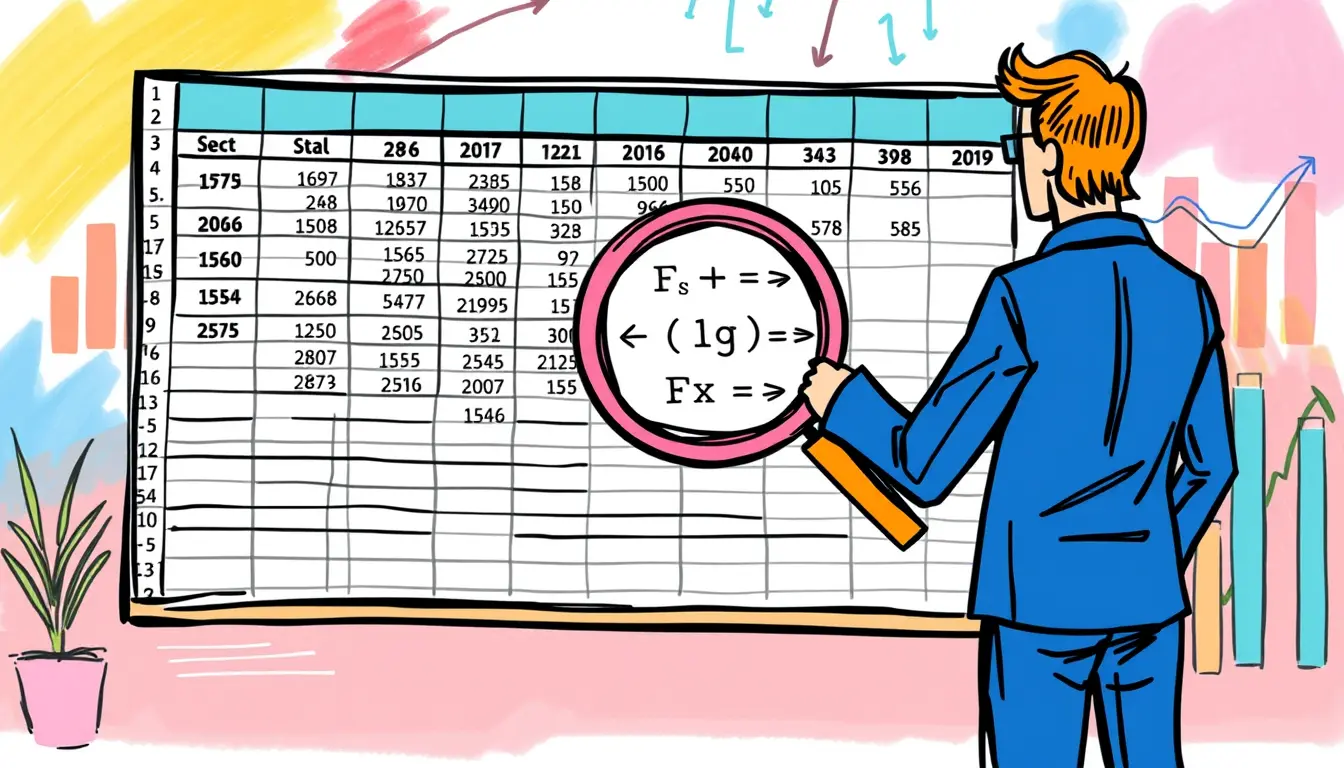Text Case Changing Functions: Mastering Upper, Lower, and Proper in Excel
In the world of data analysis and spreadsheet wizardry, Excel’s text case changing functions are like the magic wands that transform unruly text into a cohesive and consistent format, ready for any business analysis task you throw their way. Join us as we dive into the enchanting world of UPPER, LOWER, and PROPER, exploring their powers and uncovering the secrets to text case mastery.
Unleash the Power of UPPER
The UPPER function, like a commanding general, takes a text string as its prisoner and transforms it into an all-uppercase display. Behold, as we witness the metamorphosis:
=UPPER("Hello World")
Output: "HELLO WORLD"
Witness the sheer dominance of this function as it effortlessly conquers any lowercase characters, leaving no trace of their former existence.
Embracing the Serenity of LOWER
In contrast to the assertive UPPER function, LOWER emerges as a gentle whisper, converting text strings into lowercase tranquility. Let’s observe its calming effect:
=LOWER("HELLO WORLD")
Output: "hello world"
Under the soothing spell of LOWER, even the most boisterous text surrenders to a hushed and subdued demeanor.
Mastering the Art of Proper Nouns with PROPER
The PROPER function, like a skilled calligrapher, takes a text string and bestows upon it the elegance of proper nouns. Watch as it gracefully transforms text:
=PROPER("hello world")
Output: "Hello World"
With a keen eye for capitalization, PROPER recognizes and elevates proper nouns, while leaving other words in their lowercase humility.
Beyond the Basics: Advanced Techniques and Tips
Nesting Functions for Granular Control: Unleash the true power of Excel’s text case changing functions by nesting them together. For instance,
=PROPER(LOWER("HELLO WORLD"))first converts the text to lowercase and then applies proper capitalization, resulting in a perfectly formatted string: “Hello World”.Combining Functions with Conditional Statements: Harness the synergy between text case changing functions and conditional statements to create dynamic and responsive spreadsheets. Use
IFstatements to apply specific case transformations based on certain criteria, enabling conditional formatting and data validation.
Common Pitfalls and Solutions
Inconsistent Capitalization: Ensure consistent capitalization by applying the
PROPERfunction consistently throughout your spreadsheets. Inconsistent capitalization can lead to data discrepancies and затрудняет reading and analyzing data.Empty Cells and Error Handling: Handle empty cells and errors gracefully by incorporating error handling functions such as
ISBLANKandIFERRORinto your formulas. This prevents errors from propagating and ensures the integrity of your data analysis.
Frequently Asked Questions (FAQs)
Q: Can I use these functions to change the case of text within a cell?
A: Absolutely! You can directly apply these functions to a cell’s contents using the formula bar. Simply select the cell, type the function followed by the cell reference or text string, and press Enter.
Q: Is there a way to convert text to Title Case in Excel?
A: While Excel doesn’t have a dedicated Title Case function, you can achieve this effect by combining the UPPER, LOWER, and SUBSTITUTE functions. The formula =UPPER(LEFT(A1,1))&LOWER(RIGHT(A1,LEN(A1)-1)) will convert the first letter of a cell’s contents (A1 in this example) to uppercase and the remaining letters to lowercase, effectively creating Title Case.
In the realm of data analysis, effective communication and data presentation are paramount. Excel’s text case changing functions, with their ability to transform unruly text into consistent and readable formats, are indispensable tools in the arsenal of any business analyst. As you embark on your data analysis journey, remember that these functions are your faithful companions, ready to assist you in presenting data with clarity and precision.














Leave a Reply